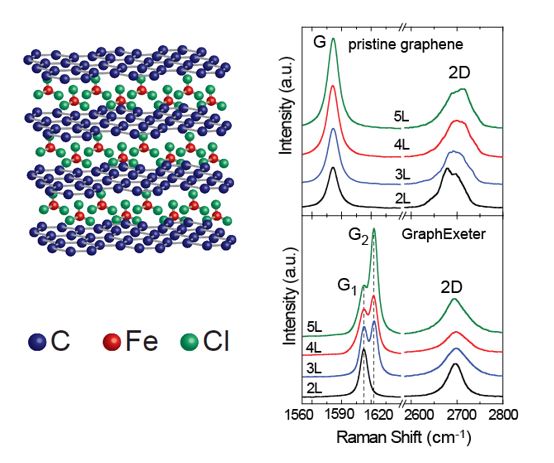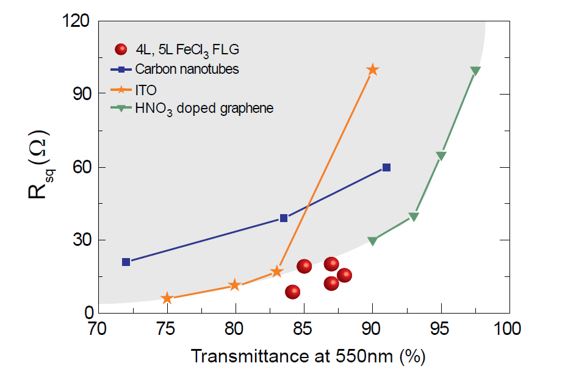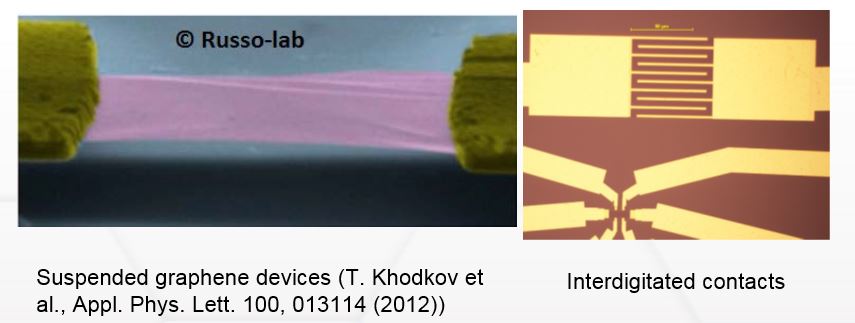- Homepage
- Key Information
- Students
- Staff
- PGR
- Health and Safety
- Computer Support
- National Student Survey (NSS)
- Intranet Help
Prof Monica Craciun
Innovation and Impact
Our research on 2D materials at Exeter has gained recognition beyond the academic community in various areas.
We are constantly exploring the commercial potential of emergent research conducted by our group at the University of Exeter. This research has the capacity to reduce the cost and radically enhance the electrical, optical and mechanical properties of a wide range of products spanning a broad spectrum of industrial activity.
Various members of our team are exploring business cases for solutions that include; Patented conductive films that overcome the limitations of other materials; Conductive inks that meet the demands of the emerging flexible electronics industry; Nano Additives that can enhance the physical properties of composite materials.
Nanoengineered building materials
In the field of nanoengineered building materials, our group has developed a new graphene/concrete composite with an unprecedented range of enhanced and multifunctional properties compared to standard concrete Managing the environmental impact of mankind is a major challenge which sees the concrete industry being one of the main key contributor to the global greenhouse emissions. In addition, the urbanization of areas subject to major environmental risks, e.g. flooding and earth quakes, poses strict demands on resilient construction materials, which should ideally be easily accessible. Our research on graphene reinforced concrete underpins all these key aspects.
Concrene Limited is a spin-off company from the University of Exeter, that introduces an innovative and patented type of concrete to the construction industry. For more details please see: https://www.concrene.com/
Graphene commercialization
Our group is commercializing graphene and GraphExeter materials and devices
For more information please contact:
Prof Monica Craciun: m.f.craciun@exeter.ac.uk
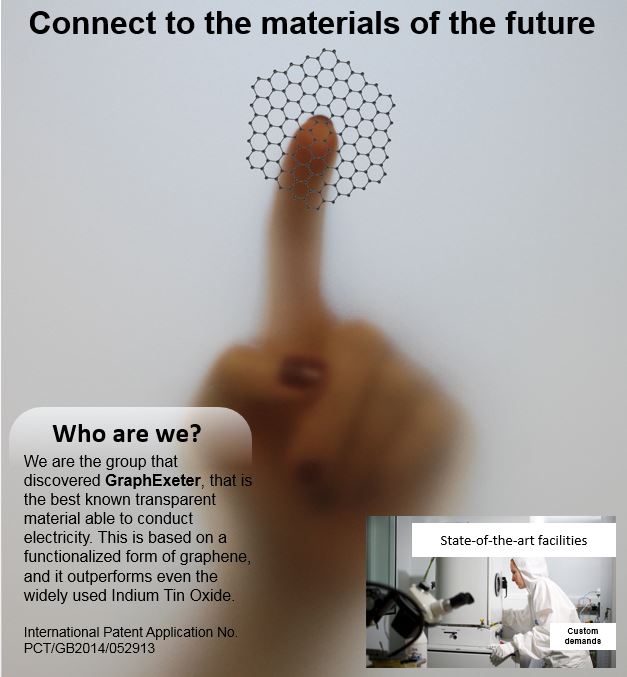
GraphExeter
GraphExeter (FeCl3 intercalated few-layer graphene) is the best transparent conductive material (Adv. Mater. 24, 2844 (2012)).
Exceptional properties:
>87% Transparency: 400 nm to 850 nm
-Mechanical flexibility: stable to >2000 bendings
-Resistance to 100% humidity
-Resistance at extreme temperatures: from 300 mK to 873 K (Sci. Rep. 5, 7609 (2015))
-Can sustain >10 times larger current than metals
International patents:
“Graphene-based material” : KR20140095614 (A)
“Graphene-based material” : US2014174513 (A1)
“Detector”: WO2014111702 (A2)
Monolayer CVD graphene grown on copper foil
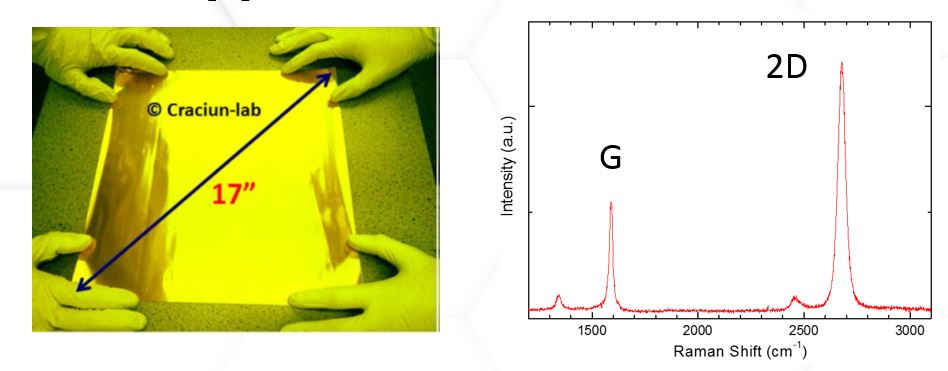
Sizes up to 17" in diagonal
Product characteristics:
- Monolayer 99% of the surface area
- Coverage 100%
- Grain size typically 30 μm
Substrates:
-Standard semi-conductors
-Quartz/glass
-Transparent polymers: PTFE, PEN, PDMS
Devices:
-Graphene MEMS and NEMS (nano- and micro-mechanical devices)
- Invisible pressure sensors
- Ring-shaped transistors
- Plasmonic arrays of nanoribbons
Custom designs
We are happy to produce custom graphene structures and devices with nanometer-scale accuracy. Contact us to discuss your requirements. Examples of the structures that we can produce include:
-High frequency graphene transistors
-Graphene Hall bars
-Superconducting nanostructures
-Graphene plasmonic arrays
Also available: Graphene and GraphExeter inks for printed electronics and conductive coatings
Scientific advisors:
Prof Monica Craciun Prof Saverio Russo
+ 44(0) 1392 723656 + 44 (0) 1392 725195
M.F.Craciun@exeter.ac.uk s.russo@exeter.ac.uk
We are seeking partners to help develop and commercialise the GraphExeter technology.
We are happy to discuss collaborative opportunities or are willing to license the technology to suitable commercial partners.

